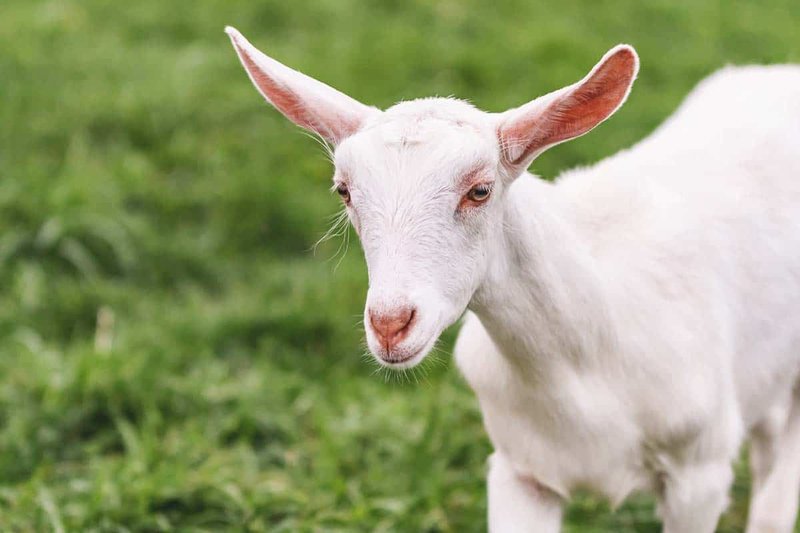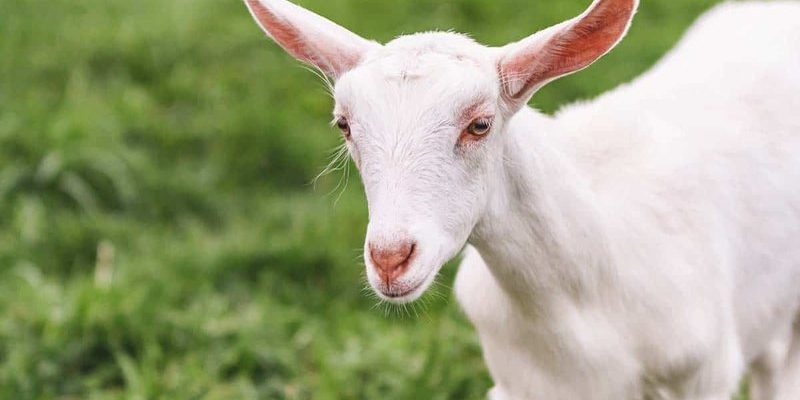
You might be thinking, “How can I get started, and what do I need to know?” Don’t worry; I’ve got your back! In this article, we’ll discuss everything from the right breeding practices to preparing for the arrival of your goats’ offspring. It’ll be like having a cup of coffee with a friend who’s been there and done that—full of tips and real-life stories!
Understanding Gestation in Saanen Goats
Gestation in Saanen goats typically lasts about 150 days. That’s roughly five months, which might feel like an eternity for an excited goat owner. During this time, it’s essential to monitor the health and well-being of the mother goat, known as a doe. Think of this period as a critical growth stage where proper care can make a world of difference.
Saanen does become pregnant through natural breeding or artificial insemination. If you’re new to breeding, I’d recommend consulting with a veterinarian or an experienced breeder to understand the best practices. It’s like having a coach guide you through a big game—their expertise can help you avoid common mistakes.
Nutritional needs are vital during gestation. A pregnant doe requires a balanced diet that includes:
- High-quality hay
- Grain supplements
- Access to minerals and vitamins
- Clean, fresh water
This balanced diet ensures that both the mother and her developing kids thrive.
Signs of Approaching Kidding
As your doe’s due date draws near, you’ll want to keep a close eye on her. Kidding can be an exciting and nerve-wracking time. So, what are some signs that your doe is about to give birth? Here are a few hints to look out for:
Physical Changes
You might notice that your doe’s body will start to prepare for the big day. Her belly will drop, and you may see her udder swelling as it fills with milk. It’s like watching a balloon slowly fill up—eventually, it’s going to pop!
Behavioral Changes
Expect some mood swings. Many does become restless, and some may separate themselves from the herd. It’s natural. They’re getting ready to bring new life into the world. Make sure you provide a clean, quiet space for them to feel comfortable.
Preparing for Kidding Day
Preparation is key. Imagine you’re planning a party, and you want everything to be perfect. You wouldn’t want to run around at the last minute, would you? Here’s how you can prepare for a smooth kidding experience:
- Set Up a Kidding Area: Create a clean, dry, and quiet spot away from the rest of the herd. This will help reduce stress for the doe.
- Gather Supplies: Have essential supplies handy, including clean towels, iodine for the umbilical cords, and a first-aid kit.
- Stay Close: Be nearby as your doe goes into labor. You’ll want to be there in case she needs help.
It’s also a good idea to know the stages of labor. The first stage may take a few hours, while the second stage is when the kids actually arrive. This part can happen quickly or take some time, so patience is crucial!
Caring for Newborn Kids
Once the kids arrive, it’s time for the fun to begin! Caring for newborn goats is like caring for a bunch of tiny puppies—they’re curious, wobbly, and full of personality. Here’s what you need to focus on:
Imprinting and Bonding
After birth, allow the mother to clean the kids and bond with them. This is important for both the mother and her offspring. You can gently help if the doe struggles; wipe the kids down with a towel to stimulate them.
Feeding and Nutrition
Make sure that the kids get their first meal of colostrum (the mother’s first milk) within the first few hours after birth. This is crucial for their immunity. You might want to supervise their first nursing session to ensure they latch on correctly.
Health Check and Monitoring
After the initial excitement settles, it’s time to monitor the health of the kids. Just like a new parent worries about their baby’s health, you’ll want to keep a close eye on your little goats.
Check for these important behaviors:
- Are they nursing regularly?
- Do they seem active and alert?
- Are they gaining weight steadily?
If you notice anything concerning, don’t hesitate to reach out to a vet. Early intervention can make all the difference.
Common Challenges in Kid Care
As adorable as they are, raising kids can come with its own set of challenges. You might be wondering what sorts of issues to expect. Here are some common ones:
Weak Kids
Sometimes, kids are born weak or may not nurse properly. If you feel confident, you can try bottle-feeding them with colostrum or a milk replacer. Just remember to keep them warm and comfortable.
Giardia or Coccidiosis
These are common health issues among young goats. Make sure to keep their living environment clean and consult with your vet if you notice any signs of illness.
Weaning and Future Considerations
Once the kids reach about 8-12 weeks, it’s time for weaning. This is another transition that can be a bit tricky. Ideally, you’ll want to gradually introduce solid food while reducing their reliance on their mother. It’s like teaching a child to ride a bike—some wobbles are expected, but with time, they’ll get the hang of it.
Consider the following during weaning:
- Transition to high-quality feed.
- Provide plenty of fresh water.
- Monitor their growth and development closely.
After weaning, you can decide whether to keep them for breeding or sell them. Each choice comes with its own set of joys and responsibilities.
In the end, breeding Saanen goats can be incredibly rewarding. It’s a mix of excitement, care, and learning along the way. Whether it’s your first kidding season or you’re a seasoned pro, remember to enjoy the journey and cherish those little moments. Happy goat farming!

